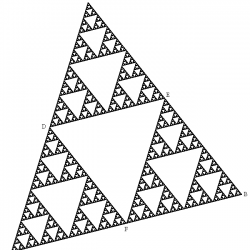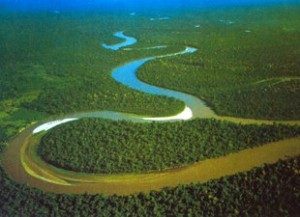 The lithosphere is the outermost layer of our planet earth and is made up of the crust and part of the mantle, it is solid and rigid and the most superficial that exists.
The lithosphere is the outermost layer of our planet earth and is made up of the crust and part of the mantle, it is solid and rigid and the most superficial that exists.
So, as it is the outermost part, we can make contact precisely with its outer side, since for example it makes up the continents and islands.
Now, this layer appears fragmented into tectonic plates, as that portion of the lithosphere is called precisely that is characterized by the movements that are generated in it. This movement should be noted that it occurs in a block type without any deformation.
It is worth noting that it is on the edges of these tectonic plates that very common phenomena of our planet converge and that they usually trigger, according to their virulence, complex situations with loss of human life, serious injuries and severe material damage, such is the case of: volcanism, volcanoes that present activity and emerge magma that can appear in the form of lava, ash or gas.
On the other hand, the earthquakes, which are the strong and certainly fleeting shaking of the earth's crust. The release of energy that accumulated in the form of a seismic wave is what generates the earthquake or earthquake. Among the most common causes we find geological faults, volcanic processes or some action of man such as the detonation of nuclear elements under the earth.
And finally the orogenesis It is another phenomenon that houses the lithosphere and that consists in the shortening of the earth's crust and after that it folds into an area elongated by the push, generating precisely a mountainous fold.
At present, and thanks to advances in technology, it has been possible to develop special devices that allow a detailed study of what happens in the layers of the planet and as a consequence the prediction of some of the indicated phenomena, or for now, your greatest knowledge.









